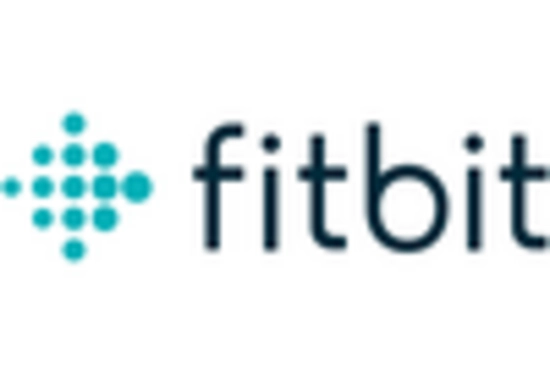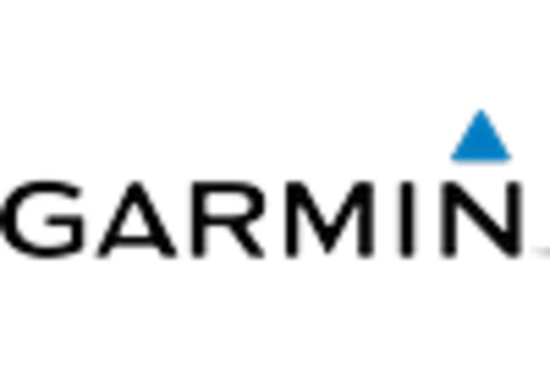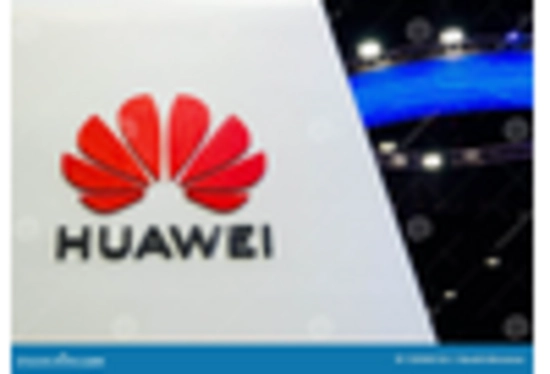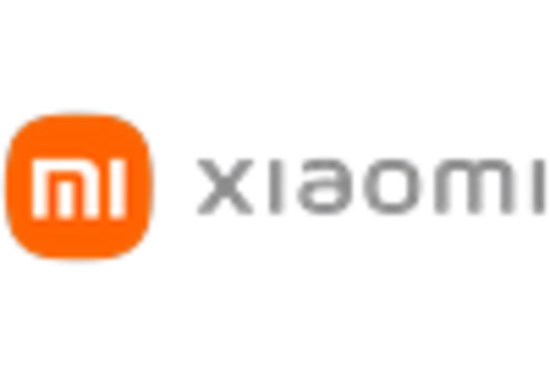Evolving Fashion Trends
Evolving fashion trends are significantly impacting the Smart Wearable Device Market. As wearables transition from purely functional devices to fashionable accessories, manufacturers are increasingly focusing on aesthetics and design. Collaborations with fashion brands and designers are becoming more common, resulting in wearables that appeal to style-conscious consumers. This shift is evident in the rise of smart jewelry and designer smartwatches, which combine technology with high fashion. Market data indicates that the demand for stylish wearables is expected to increase by 40% over the next five years, reflecting a growing consumer preference for devices that complement personal style. As fashion continues to influence technology, the Smart Wearable Device Market is likely to witness a transformation that prioritizes both functionality and design.
Rising Consumer Awareness
Rising consumer awareness regarding health and fitness is significantly influencing the Smart Wearable Device Market. As individuals become more health-conscious, there is an increasing inclination towards devices that facilitate fitness tracking and health monitoring. Surveys indicate that nearly 60% of consumers are now aware of the benefits of wearable technology in managing their health. This heightened awareness is prompting manufacturers to develop devices that not only track physical activity but also provide insights into overall well-being. The market for fitness trackers alone is expected to reach USD 30 billion by 2027, underscoring the growing interest in health-oriented wearables. Consequently, the Smart Wearable Device Market is likely to expand as more consumers seek to incorporate these devices into their daily routines.
Technological Innovations
Technological innovations play a pivotal role in shaping the Smart Wearable Device Market. The introduction of advanced materials, miniaturized components, and improved battery life has led to the development of more efficient and user-friendly devices. For instance, the incorporation of flexible displays and lightweight materials enhances comfort and usability, encouraging wider adoption. Additionally, the integration of machine learning algorithms allows wearables to provide personalized insights based on user behavior and preferences. Market data indicates that the segment of smartwatches is expected to account for over 40% of the total wearable device sales by 2026, reflecting the impact of these innovations. As technology continues to evolve, the Smart Wearable Device Market is poised for further growth, driven by consumer demand for cutting-edge features and functionalities.
Health Monitoring Advancements
The Smart Wearable Device Market is experiencing a surge in demand due to advancements in health monitoring technologies. Devices equipped with sensors that track vital signs such as heart rate, blood pressure, and oxygen saturation are becoming increasingly prevalent. According to recent data, the market for health-focused wearables is projected to grow at a compound annual growth rate of 25% over the next five years. This growth is driven by a rising awareness of personal health and wellness, as consumers seek proactive measures to manage their health. Furthermore, the integration of artificial intelligence in wearables enhances the accuracy of health data, making these devices indispensable for users. As a result, the Smart Wearable Device Market is likely to see a continuous influx of innovative health monitoring solutions that cater to diverse consumer needs.
Integration with Smart Home Devices
The integration of smart wearable devices with smart home technologies is emerging as a key driver in the Smart Wearable Device Market. As consumers increasingly adopt smart home ecosystems, the ability to control home devices through wearables enhances convenience and functionality. For example, wearables that allow users to manage lighting, temperature, and security systems directly from their wrist are gaining traction. This interconnectedness not only improves user experience but also encourages the adoption of wearables among tech-savvy consumers. Market analysis suggests that the smart home market is expected to grow by 30% in the next few years, which could further bolster the Smart Wearable Device Market as more consumers seek integrated solutions. The synergy between wearables and smart home devices is likely to create new opportunities for innovation and collaboration.


















Leave a Comment